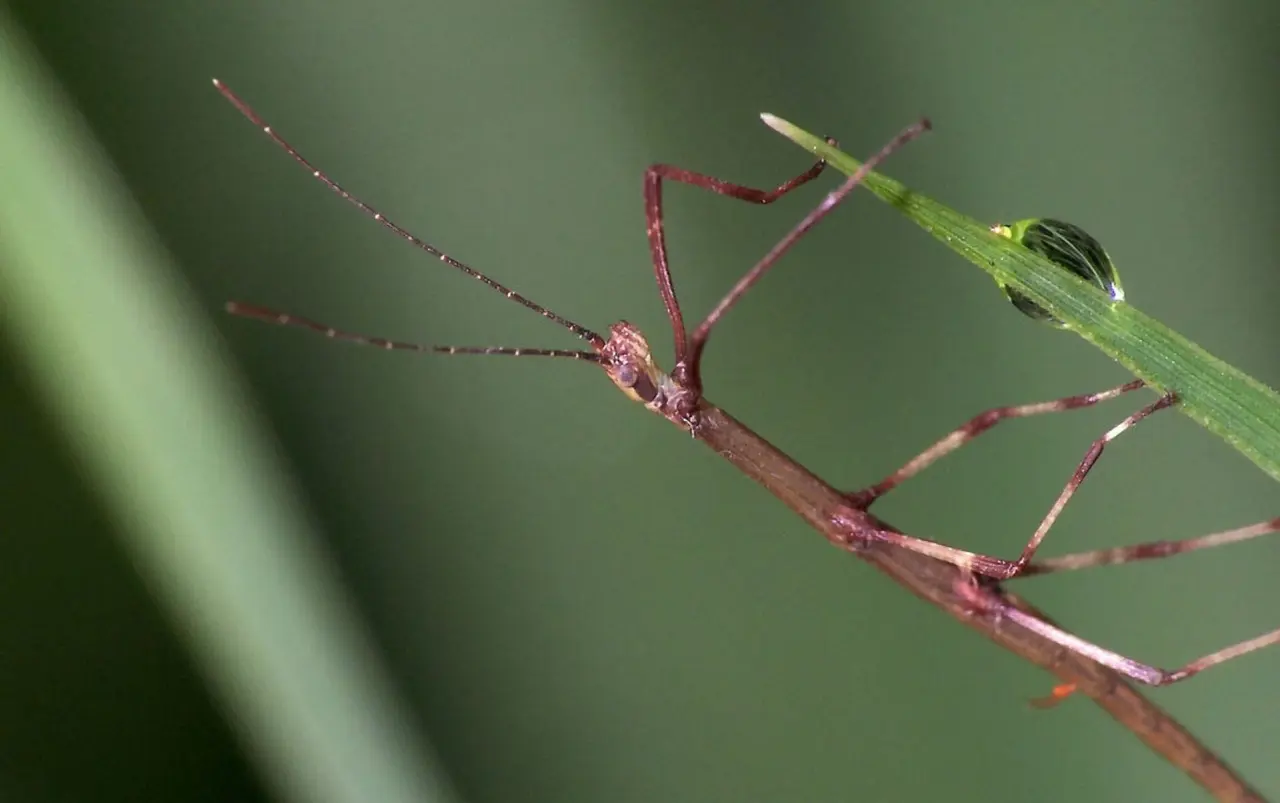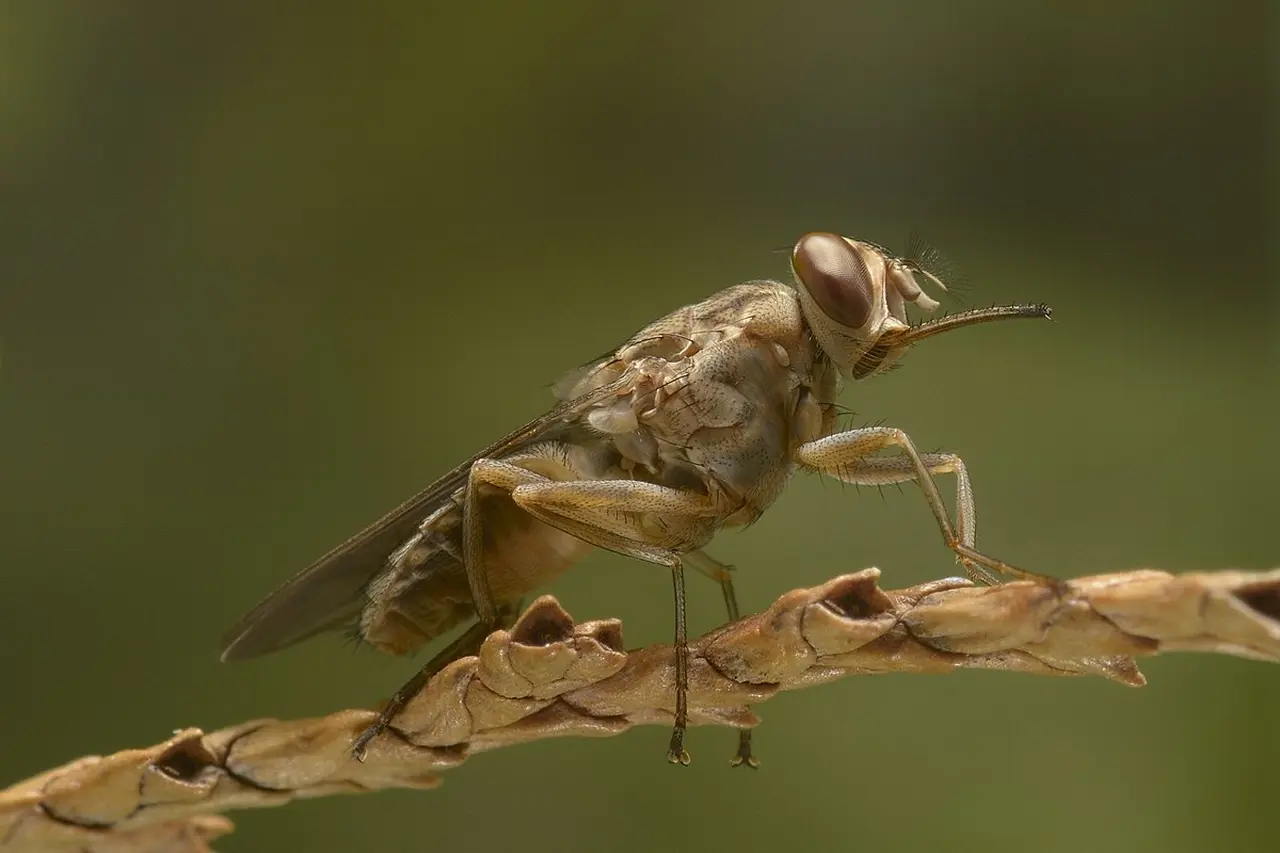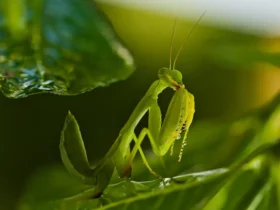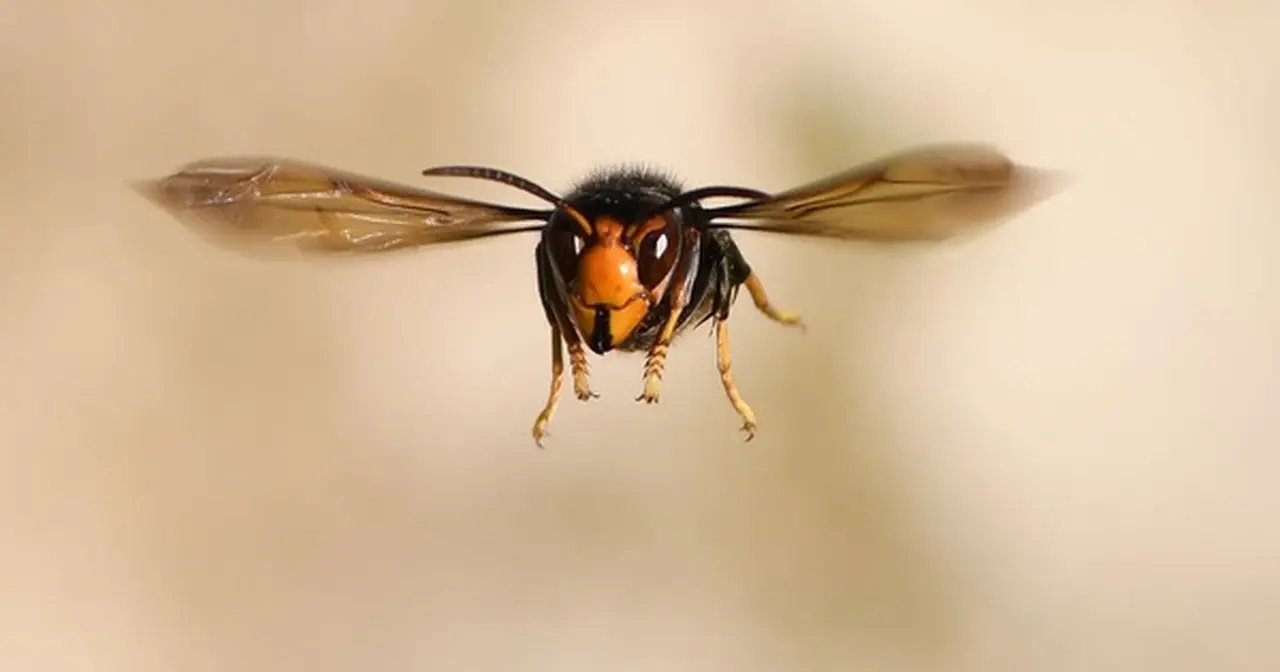The following article will provide readers with an overview of the top 10 largest insects in the world that are currently recognized by science. Let’s explore them now!
The world of insects is diverse and rich in both species and sizes. In our daily lives, we often encounter small insects. Although rare, there are still insects with large sizes that amaze us. Do you know which is the largest insect in the world today? In this article, we will summarize for readers the top ten recognized largest insects in the world.

The top ten largest insects in the world today
Through research from various sources, we have compiled a list of the ten largest insects in the world today. Let’s take a look at these giant creatures below!
1. Titanus giganteus beetle
The Titanus giganteus beetle is a longhorn beetle, and it has the longest body length of any insect species. However, if you include the length of its horn, it is the second-longest beetle in the world after Dynastes hercules.
An adult Titanus giganteus can reach a length of up to 16.7 cm. Overall, among the longhorn beetles, only the male Dynastes hercules, which measures 17.7 cm long, is longer than the Titanus giganteus. However, if you do not count the length of the horn, then they are likely longer than the Dynastes hercules. The Titanus giganteus beetle has short, curved and sharp pincers. They can even bite a pencil in half and sever human flesh.

2. Chinese Mantis
The Chinese Mantis, scientific name Tenodera sinensis, is a species of praying mantis that originates from China. This insect species was introduced to North America in 1895 and has since spread throughout many regions in Southern New England and the Northeastern United States.
Adult Chinese Mantises can reach a length of up to 10 cm, making them the largest species of mantis in North America. Many people often mistake the Chinese Mantis for Tenodera aridifolia sinensis.

The diet of the Chinese mantis consists mainly of small insects, though adult females have been known to consume small vertebrates such as certain species of reptiles and amphibians. Like some other mantis species, the Chinese mantis is also capable of cannibalism.
Female Chinese mantises are capable of producing an egg mass the size of a ping pong ball, containing as many as 200 eggs. The egg mass is typically attached to a plant or small tree. Chinese mantises can have a variety of colors, including overall green or brown with horizontal stripes, and green on the edges of their front wings.
3. Queen Alexandra Butterfly
The Queen Alexandra butterfly is primarily found in the eastern part of Papua New Guinea, and is currently recognized as the largest butterfly species in the world. The wings of this butterfly are usually brown, with accents of iridescent blue and green spots that create highlights on the wings. Their abdomen is typically a bright yellow color.
A distinguishing feature that separates the males from the females are the metallic golden spots on the hindwings of the males. The female Alexandra Birdwing Butterfly is typically larger in size compared to the male, with broader and rounder wings. Female butterflies can reach a size of up to 31 cm, with a body length of around 8 cm and a weight of up to 12 grams.

The female butterfly has prominent brown wings with white patches, and its body is usually a cream color with a small portion of red hair in the middle of the chest. The male butterfly is smaller in size, and its wings are also usually brown but may have hints of green and light yellow.
The wingspan of the male Queen Alexandra’s butterfly is about 16-20 cm. Female Alexandra Birdwing butterflies typically lay about 27 eggs throughout their lifetime. The newly hatched caterpillars of the butterfly will eat the eggshell before continuing to develop, growing by feeding on fresh leaves. The caterpillars of the Queen Alexandra’s butterfly are usually black with red spots, and there is a small cream-colored stripe running along the middle of their bodies.
4. Long-Legged Katydids
The long-legged katydids, also known as Arachna Cris Corporalist in scientific name, are a species of cricket originating from Malaysia. The average length of the adult katydids ranges from 15 to 25 cm.
They typically have green coloration, with a pair of thin wings resembling a leaf shape, and a pair of long antennae on their heads, along with six long legs. The size of the long-legged katydids can range from 5mm to 250mm.
Smaller species of long-legged katydids often live in drier environments or more harsh living conditions, so they tend to develop less and have smaller sizes. However, the advantage of smaller size often brings more agility and lower nutritional needs.

Legged Katydids are insects that live on trees, and their chirping is often heard most at night during the summer and early autumn. Long-Legged Katydids is often distinguished from crickets by the length of their antennae, which can exceed the length of their body, while the antennae of crickets are usually short and thick.
5. Megasoma elephas beetle
The Megasoma elephas beetle belongs to the subfamily Dynastinae and inhabits mainly rainforests in Mexico, Central America, and South America. The length of an adult male beetle can reach from 7 to 12cm and they are usually twice as large as females.
Megasoma elephas beetles are usually black and covered with a layer of soft fur around their body. This fur layer often grows very thick on their hard wings, sometimes making them look somewhat ivory yellow in appearance.

Adult male Megasoma elephas beetles have two horns on their head and one horn on their thorax, which they use for self-defense and competition during mating or foraging, while females do not have horns.
6. Goliathus Beetle
Goliathus Beetle, scientifically known as Goliathus goliatus, belongs to a genus of beetles in the family Scarabaeidae. They are one of the largest species of beetles in the world belonging to the Goliathus genus.
The body length of this beetle can reach about 60 to 110mm for males and from 50 to 80mm for females. They can weigh between 80 to 100g.
The thorax of the Goliathus Beetle is mainly black with white longitudinal stripes, while their wings are usually dark brown. This beetle species has a relatively large and thin pair of wings, which are specially designed for flying.

When not in use, their membranous wings are folded under their hard shell. The head of the male Goliathus beetle is white with a Y-shaped black horn. This horn is often used in battles for food or mates with other male Goliathus beetles. They mainly feed on tree sap and fruits.
7. Giant burrowing cockroach
The giant burrowing cockroach, also known as the rhinoceros cockroach or the giant burrowing cockroach of Queensland, is one of the largest insects in the world.
These cockroaches originate from Australia and are mainly found in tropical regions of Queensland. They are recognized as the heaviest cockroach in the world, weighing up to 35g and can grow up to 8cm in length.
The female giant burrowing cockroach gives birth to live young and they protect their offspring deep in underground burrows, which is different from other egg-laying insects. The lifespan of this species can reach up to 10 years.
Unlike some other cockroach species, the giant burrowing cockroach does not have wings and is not considered a harmful species. In fact, it plays a relatively important role in the ecosystem by consuming dead leaves, especially those of the Eucalyptus tree.

As its name suggests, the giant burrowing cockroach can dig deep into the ground to a depth of about 1m, where it usually makes its permanent home. Experts often distinguish between male and female adults by the size of the “spoon” on their pronotum that covers their head, with males having a much more prominent spoon than females.
Giant burrowing cockroaches typically grow in size by shedding their outer shell 12 or 13 times before reaching their full size. When a cockroach sheds its skin, its entire body will appear pure white, except for its eyes.
8. Giant Camel Spider
The Giant Camel Spider, scientifically known as Arachnid Solifugae, also known as the Wind Scorpion. It is a species belonging to the spider family and its habitat is mainly on the desert.
The Giant Camel Spider has up to 6 pairs of legs with various shapes and sizes. Its body length can reach up to 15cm with a body weight of about 56g, so people often call it the Giant Camel Spider.
Especially, the Giant Camel Spider has the ability to move very fast with an average speed of up to 50 km/h and they can jump up to 2m high. That’s why the Giant Camel Spider is a terrifying creature to all animals in the desert.
The Giant Camel Spider prefers a solitary lifestyle, often hunting for prey at night and according to the season.

Despite their small size compared to many other species, Giant Camel Spiders are quite aggressive predators. They have a high metabolic rate, so they need to eat a lot and actively hunt to meet their needs.
Giant camel spiders do not have venom, but they are very fast and strong, with sharp, knife-like teeth. Digging holes to hide in is a typical behavior seen in this species when they feel threatened.
9. Giant Weta
Chưa tính đến chiều dài của chân và râu, thân hình của mỗi con dế Weta đã có thể dài đến 10 cm. Trọng lượng trung bình của mỗi con có thể lên tới 70 – 80 gam. Như vậy, chúng sẽ lớn hơn ruồi nhặng gấp 100 đến 150 lần và nặng gấp ba lần trọng lượng của một con chuột.
Without counting the length of the legs and antennae, the body of each Giant Weta can be up to 10 cm long. The average weight of each individual can be up to 70-80 grams. Therefore, they will be larger than flies by 100 to 150 times and weigh three times the weight of a mouse.

Its name comes from the way the Maori tribe referred to this particular insect, which is Wetapunga. This name means “God of ugly things,” which is amusingly translated as “Ugly Saint.”
What’s special about this giant weta is that for the past 200 million years, it has undergone almost no evolution at all. Its shape has remained virtually unchanged up to the present day.
Giant weta are among the most aggressive species in the world. They can chase away mice and even bite humans. However, all of this is just a defensive measure, and it only happens when they feel threatened.
The giant weta is recognized as the heaviest insect in the world ever found. It now only exists on Little Barrier Island in New Zealand, although there are up to 70 different species of weta found throughout this beautiful country.
The reason why the giant weta has lost its habitat on the mainland is due to its enemy, which is the mouse that was accidentally brought here by Europeans. One interesting thing about this insect is that despite being an insect, it cannot fly, and it cannot even jump like other insects.
10. Atlas moth
The Atlas moth is an insect species that has a close relationship with another butterfly species, belonging to the order Lepidoptera. Moths make up the majority of the species in the Lepidoptera order. Experts estimate that there are around 150,000 to 250,000 different species of moths (which is about ten times the number of species of butterflies), including thousands of species that have not yet been fully described.
The Atlas moth, also known as the star fruit butterfly, has the scientific name Attacus atlas. It is a moth species that belongs to the Saturniidae family. They are commonly found in tropical and subtropical forests of Southeast Asia, with the most common being in the Malaysian archipelago.

The Atlas moth is currently recognized as the largest moth in the world, with a total wing surface area of up to 400 cm2. Its wingspan is also among the largest in the world, ranging from 25 to 30 cm. Females are typically larger and heavier than males. The Atlas moth is currently one of the three moth species named in the Vietnam Red Data Book (Atlas moth, long-tailed moth, and phoenix moth) that require conservation efforts.
Insects with enormous sizes can make us feel scared and threatened, but not all insect species are harmful. They are also a colorful and diverse part of nature, adding flavor to our daily lives.
This article has provided information on the ten largest insect species in the world today. We hope that this article has brought you interesting and useful discoveries. Please visit our website to discover more fascinating knowledge about the diverse world of living organisms!







